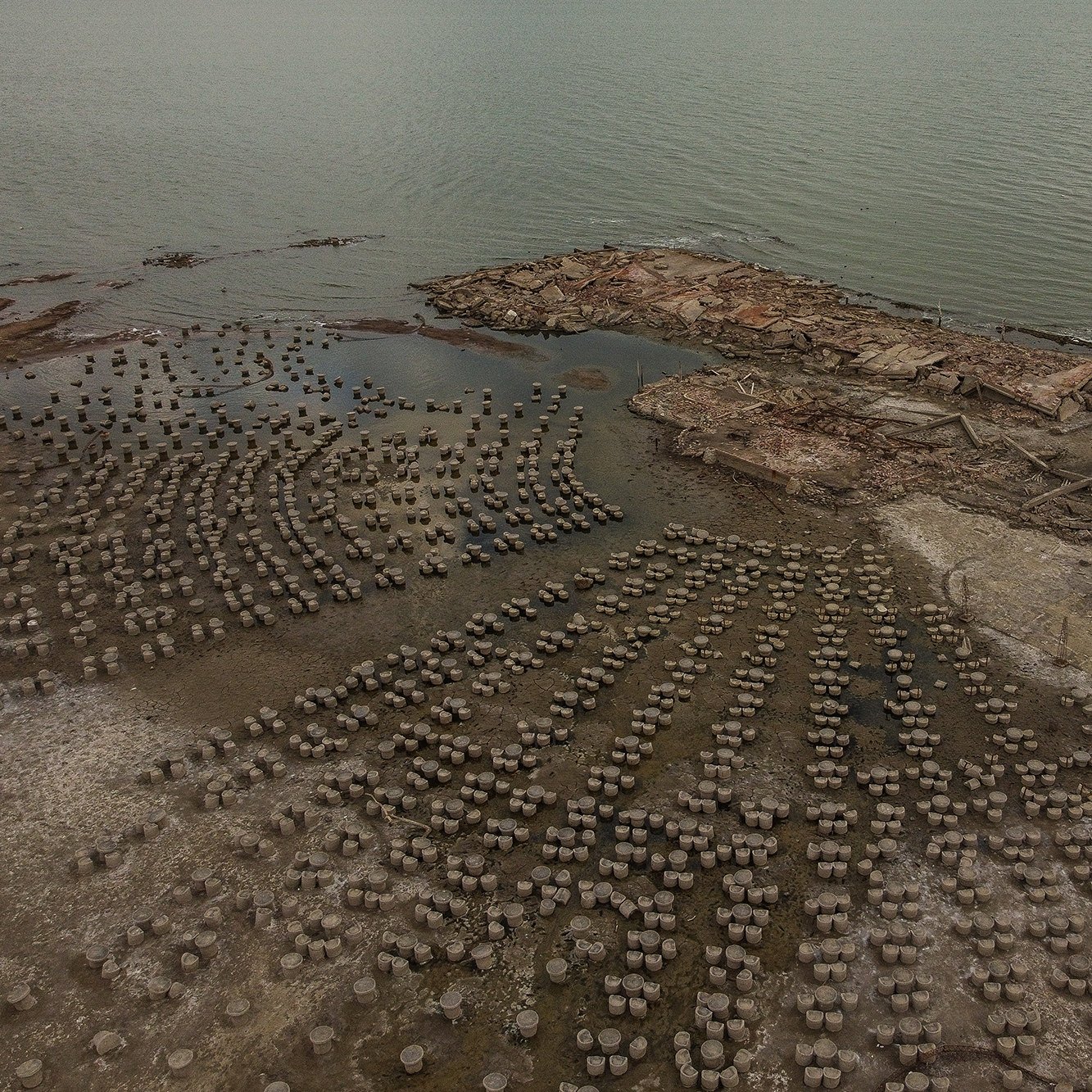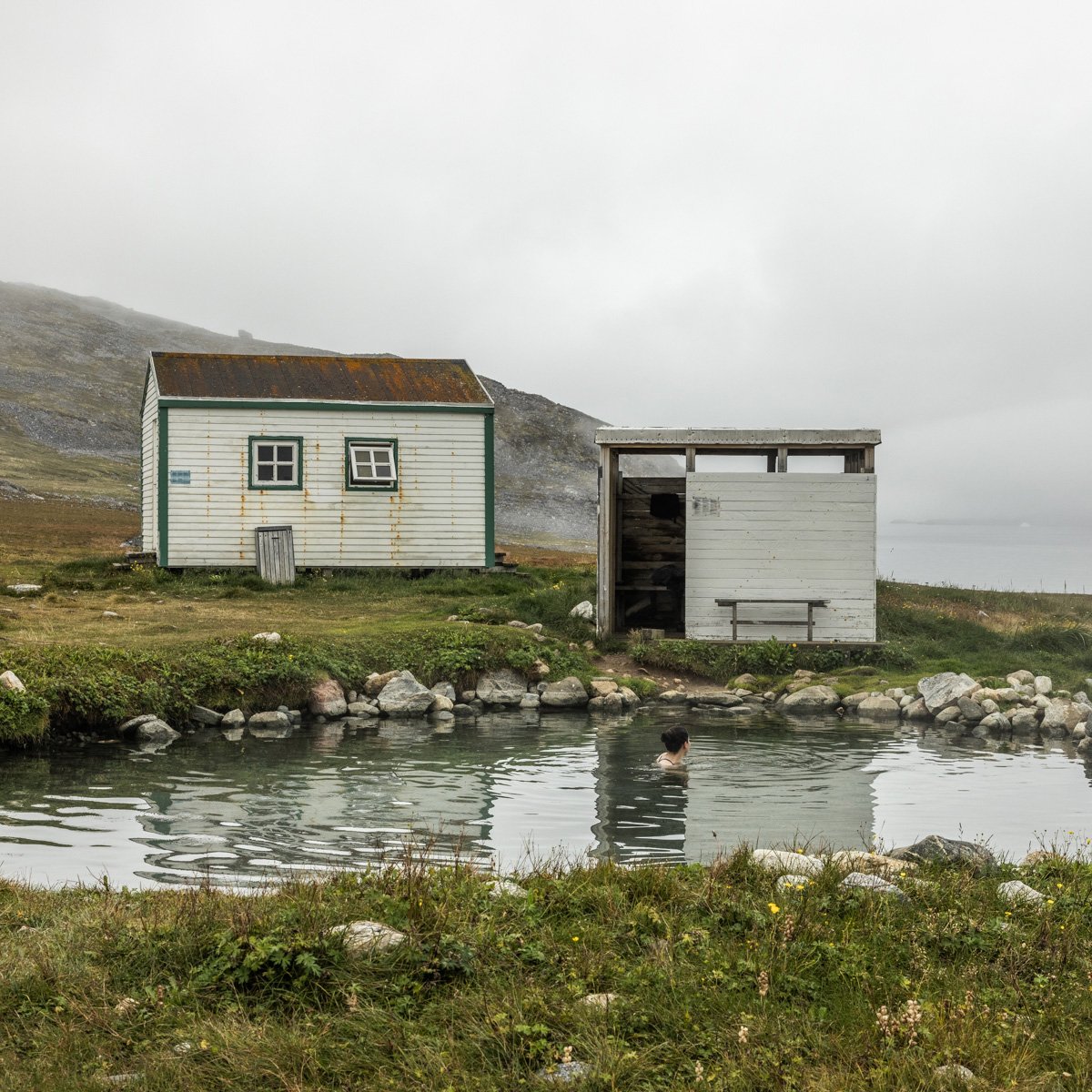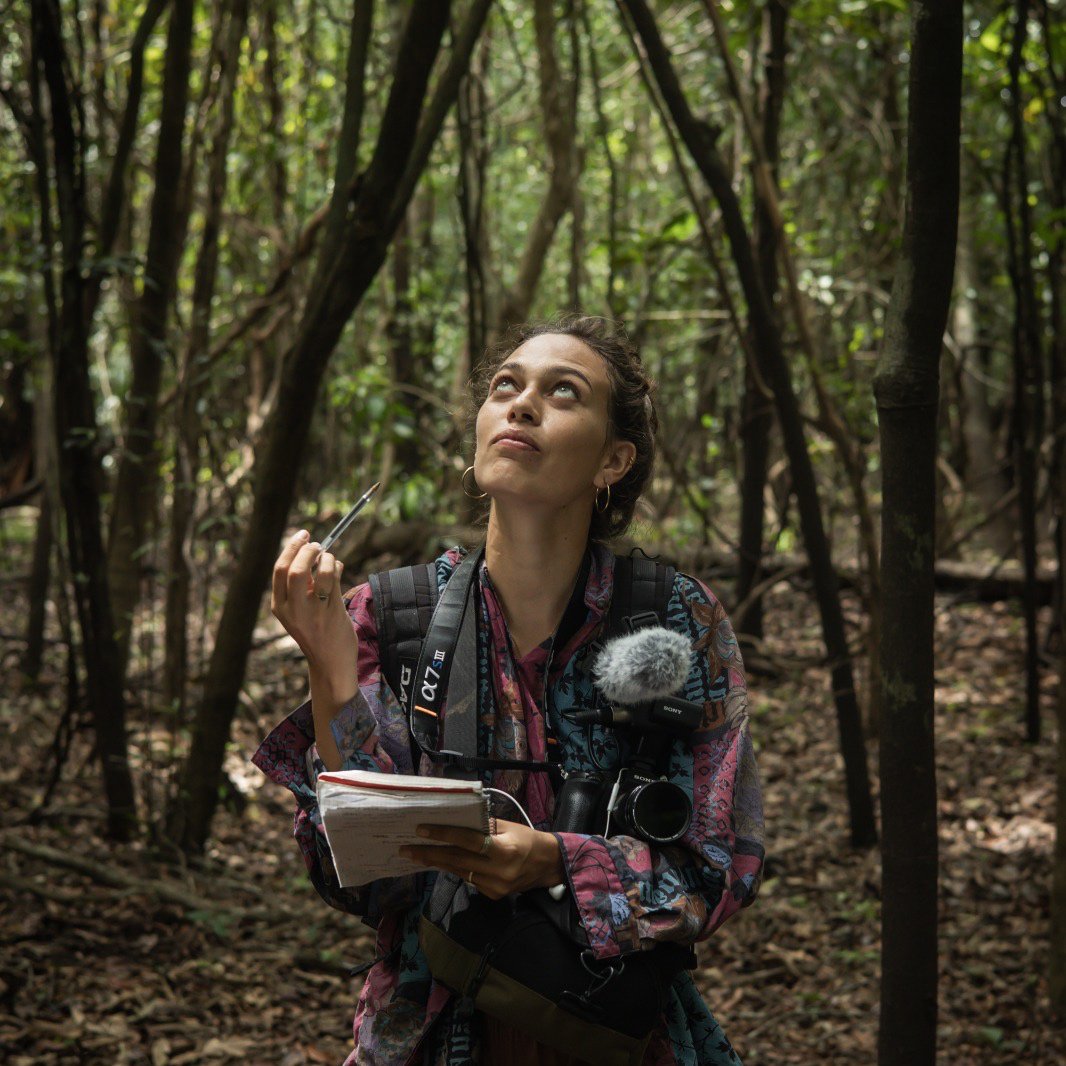The Return of a Lost City
Nearly 50 years after it disappeared, Miramar is reemerging from the water.
FEBRUARY 25, 2025
In the 1970s, the Mar Chiquita lagoon, which lies in the province of Córdoba, in central Argentina, swallowed neighboring Miramar.
The waters destroyed 102 hotels, 198 homes, 65 businesses, the thermal complex, the casino, and the amphitheater, leaving Miramar on the brink of collapse. The economy was obliterated, and many families chose to leave the city, drastically reducing its population. Those who stayed rebuilt their lives in other parts of Miramar, away from the lagoon.
Miramar had been a major tourist destination. Starting in the early 1900s, visitors came from all over the country, and from abroad, to treat various ailments, drawn by the lagoon’s high salt and mineral content. Its mud was said to help cure bone, skin and respiratory diseases. There were cinemas, casinos, nightclubs, hotels and restaurants to entertain its many guests.
On September 15, 1992, the city was demolished for safety reasons. The Argentine army carried out controlled explosions to destroy its remains and damaged infrastructure. The church, too, was demolished, the priest tasked with activating the detonator.
It wasn't until 2003 that the waters of Laguna Mar Chiquita began to recede, amid the worst drought in decades. The scene was desolate: abandoned structures covered in salt and petrified tree trunks standing crookedly as silent witnesses to what was lost. The persistent drought, driven by climate change and phenomena like El Niño and La Niña, has left the lagoon in a critical state, disrupting its ecosystem and putting local wildlife and plant life at risk.
Lidia Castellino was 15 when the lagoon flooded her home, forcing her family to leave the area. It took a lot of effort and a few years to rebuild a new house. Today, at 60, returning to the ruins of her former home is emotional and strange. “I found the remains of my house; you could even see the color of my room,” she said.
Juan Bergia, 75, still remembers the moment he told his brother, “We can’t fight the water anymore.” He lost his home and his business but told me he did not resent what happened. “The lagoon always gives and takes,” he said. “When I die, I want my ashes to rest in its waters.”
Mirta Bianciotti was one of the residents who chose to stay. “When my house was demolished by the explosions, I felt a chapter closing,” she recalled. “It was devastating to see the sunken houses, but we had to leave the past behind and look to the future,” she said. She built a new home, and years later, started an accommodation rental business for the visitors who had started to return to the city and the lagoon.
An old illustration of the Hotel Viena, which catered to European guests who came to Miramar seeking therapeutic treatment for various illnesses. The illustration, which still hangs on the wall of the abandoned hotel, reads: “You will always return healthy and happy.”
Archive photograph showing flooding in the streets of Miramar in 1978.
The ruins of the old city resurface, revealed by the lagoon's extremely low water levels.
In the 1970s and 1980s, Miramar became a key hub for the export of coipo furs to Russia. Egidio León is the owner of one of only five remaining breeding farms.
Mirta Bianciotti finished building her home and business in December 1977; by March 1978, she had lost everything.
A set of concrete steps floats on the water.
A bathtub rises to the surface among the debris.
Salt-petrified trees exposed by the water’s retreat.
Hotel Viena was built by a German-Austrian family between 1940 and 1945 and is believed to have served as a refuge for Nazi leaders after World War II.
Miramar’s amphitheater was inaugurated in 1976 to attract tourists with live shows. It was ruined by the flood soon after.














